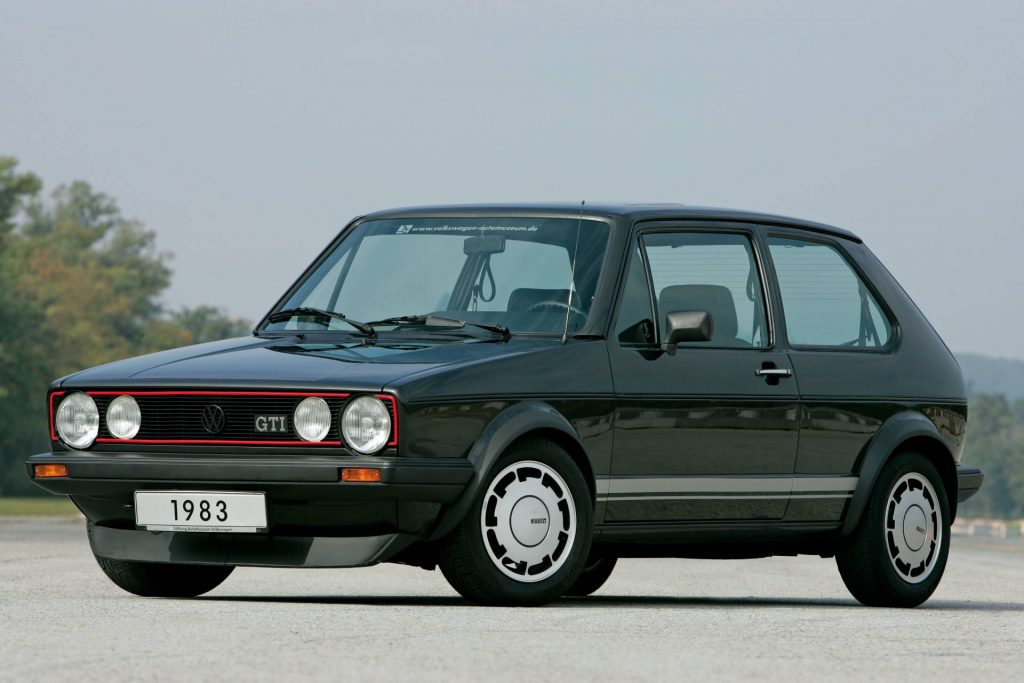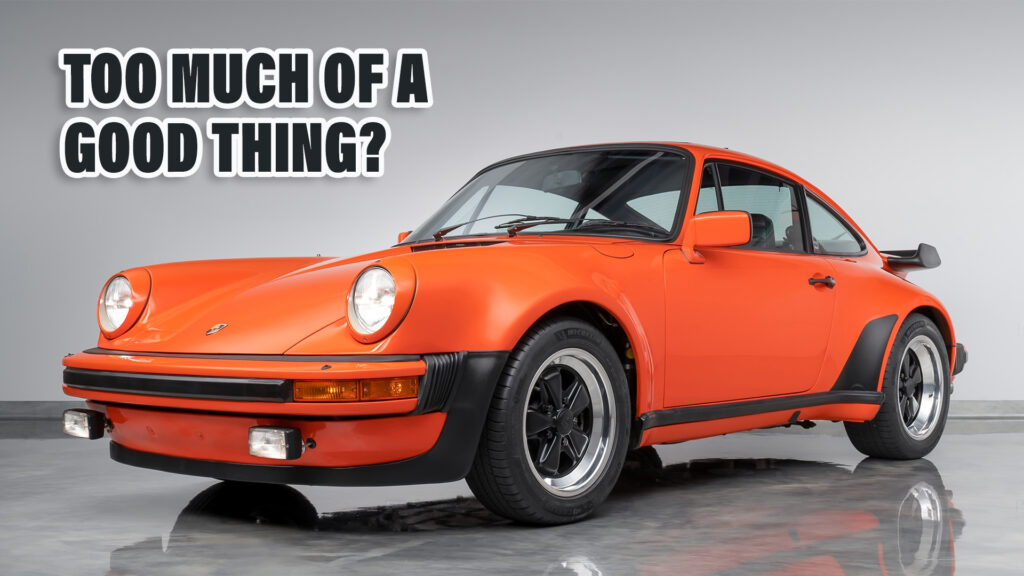A friend of mine is in charge of a successful classic car magazine. With over 130 years of cars to pick from every issue, it sounds like a dream job. But in the course of any year you’ll find the majority of covers devoted to some very familiar classics, including the Jaguar E-Type, MGB and Porsche 911.
The features inside the magazine are always an interesting and varied mix of types of cars from different eras, but attempts to stray too far from familiar territory on the cover seem to irk the readers (who buy fewer copies) and the advertisers (who threaten to pull their ads).
But it’s not just in magazines where you can see the same old cars getting exposure again and again. It’s the same online, and it’s happening even with relatively recent cars. And it means that we get a distorted view of those cars, how popular they were when new, how innovative, and even how good they are to drive. And we’re in danger of neglecting to give rival cars their dues.
Related: What On Earth Happened To All The Affordable Coupes?

Take the original Volkswagen Golf GTI. It wasn’t technically the first hot hatch, but it was an incredibly important car, no question, and great fun to drive, too. But sometimes it feels like the only two hot hatches on sale in the 1980s must have been the Golf GTI and Peugeot’s 205 GTI.
In reality, though it took most European carmakers a few years to catch up with the Golf after it launched in 1976, by the 1980s every one offered a hot hatch of some kind. Opel/Vauxhall’s Astra GTE had more modern styling than the Golf, proper Recaro seats and really torquey 1.8-liter motor, and Fiat’s Strada Abarth might have lacked the VW’s modern fuel injection, but its carb-fed 125 TC and later 130 TC (128 hp /130 PS) had two cams to the VW’s one and 10 percent more power.
And who could forget Ford’s (European market) Escort XR3i? Well, for a long while until very recently it seemed everybody did, despite it being the most popular car in the market for much of its life. Okay, it was pretty terrible compared with the Golf (coarse engine and less power in early cars; still coarse engine and dull handling in later ones), but it deserves to be remembered. And judging by the hefty £29,995 ($36,000) being asked for this admittedly pristine 2,850-mile (4,590 km) car, it seems like that’s happening.
Credit: RM Sotheby’s
You’ll find the same thing happening all over the place. You’ve doubtless read the story of the Lamborghini Miura and Countach a million times, but how often do you see anyone writing about the Countach’s gorgeous rivals, the Ferrari 365 GT4 Berlinetta Boxer or the Maserati Bora?
But they’re practically front and center compared to our next two cars. Mazda’s first generation NA MX-5 has deservedly racked up millions of column inches, blog posts and YouTube minutes, but what about its MX-3 little brother from the early 1990s. If any affordable coupe of that era gets name-checked it’s probably going to be Honda’s CR-X, but the MX-3 was a great handling car with a jewel of a V6 engine that displaced just 1.8 liters.
Same goes for its Nissan 200NX contemporary. Essentially the excellent but dowdy Sentra SE-R repackaged as a sportier-looking coupe, it revved to 7,500 rpm, could hit 60 mph (96 km/h) in 7.5 seconds and was nibbling at the heels of the Lotus Elan (having demolished the Mazda Miata and Toyota MR2) around Willow Springs in Road & Track’s 1992 story ‘The Best Handling Sports Cars in North America.’ But when was the last time you heard anyone give it some love?
What other cars do you think deserve more credit and more exposure, and which are you sick to the back teeth of seeing and reading about? Drop a comment below and let us know.
































